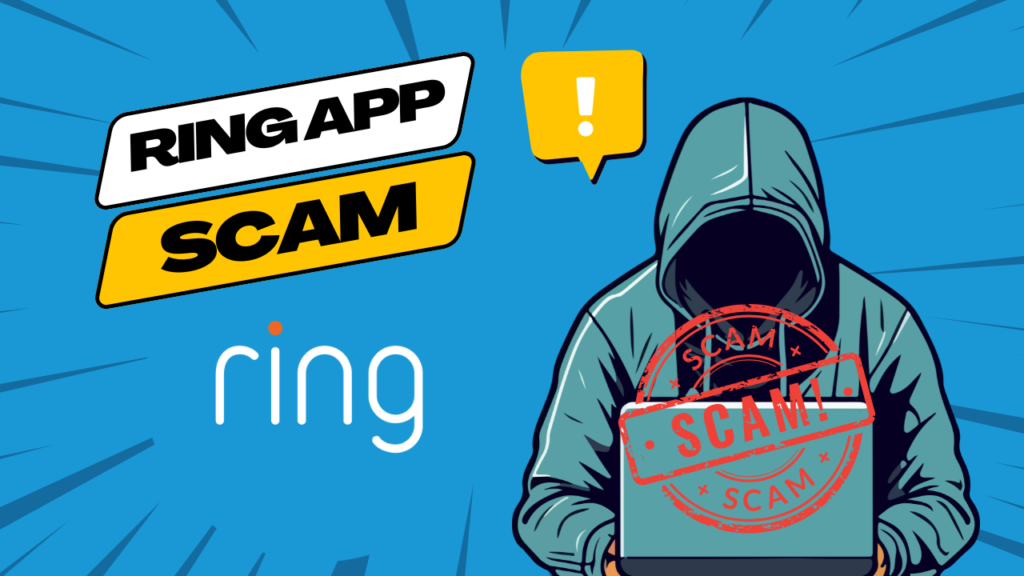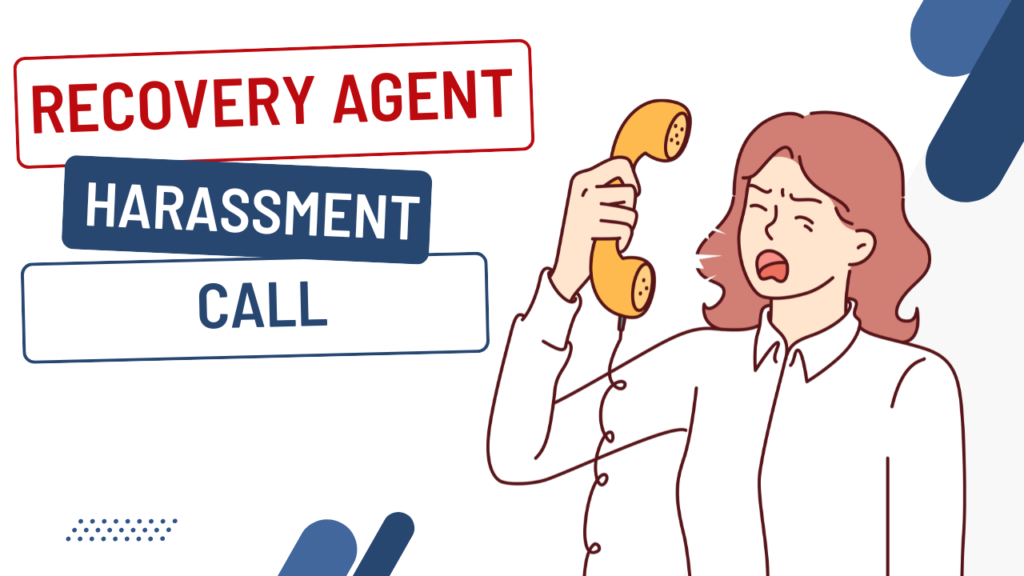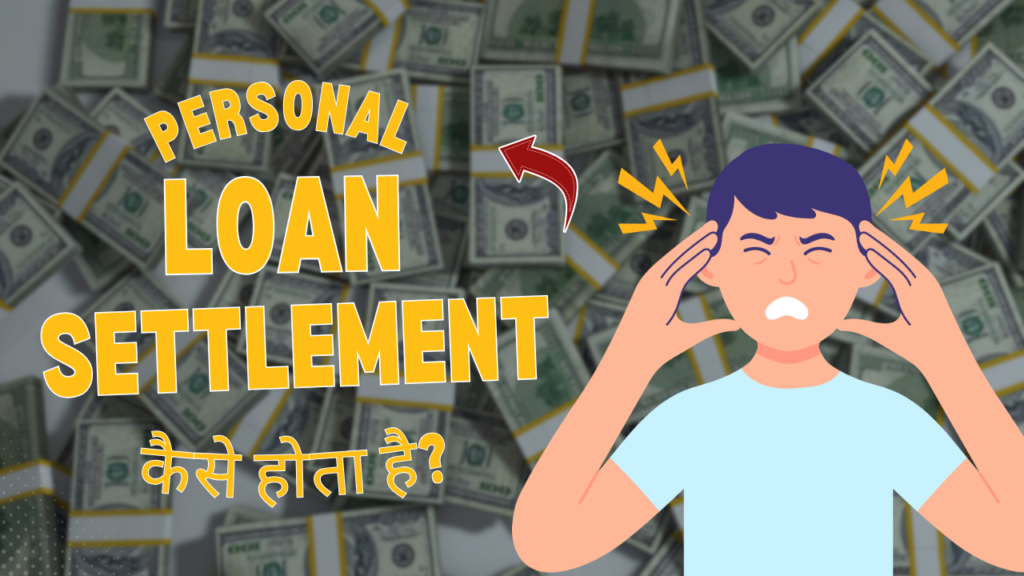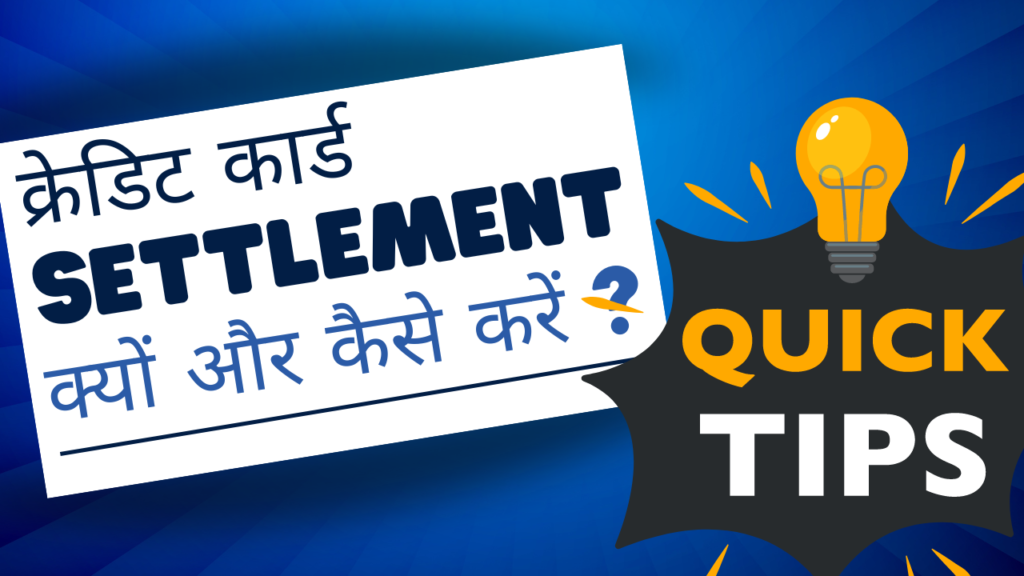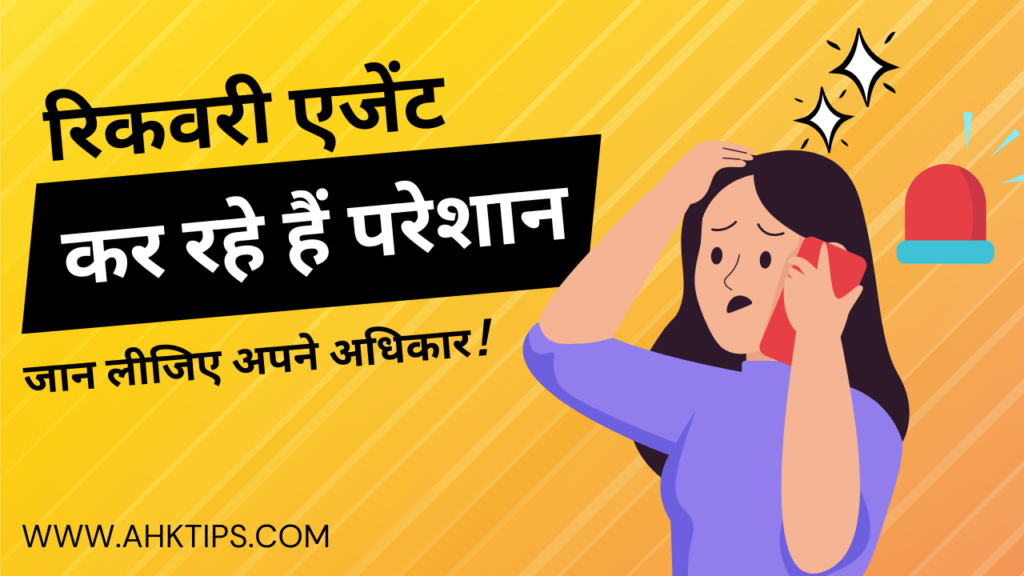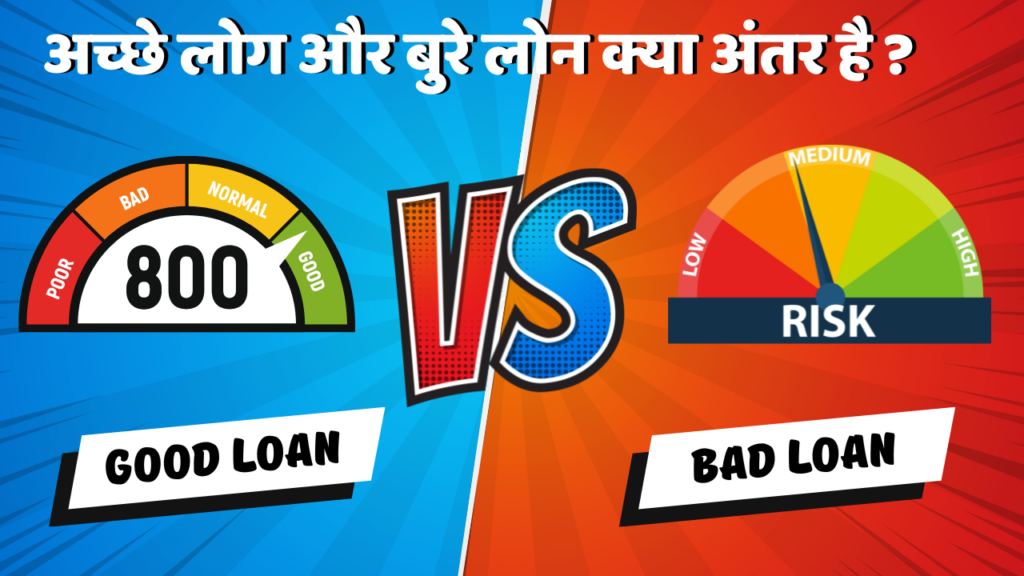Summary
Loan settlement is an option offered by banks when a borrower cannot repay their full loan amount due to financial hardship. Instead of paying the full amount, the borrower pays a reduced lump sum, and the bank marks the loan as “settled“ instead of “closed.” While this brings short-term relief, it also harms your CIBIL (credit) score, making it harder to get loans in the future.
Settlement is typically offered on unsecured advances such as personal loans, credit cards, and corporate loans. Secured loans such as house or auto loans scarcely qualify, since the lender can recover the asset. Settlement by loans must be resorted to only as the last option, after attempting other avenues such as loan restructuring, lowering of EMI, or balance transfer.
Loan settlement can avoid legal action and stress but remains in your credit history for 7 years and impacts future credit sanction. If settlement is the only alternative, take proper steps, negotiate with the lender, obtain the agreement in writing, make the payment, and receive a No Dues Certificate.
Always think about the long-term effect on your economic well-being before paying off a loan. Seek out safer alternatives first to keep your credit record and financial future intact.
Introduction
Sometimes, life takes unexpected turns—job loss, illness, or financial stress can make it hard to repay loans on time. When you’re unable to pay the full loan amount, banks may offer something called a loan settlement. This means you can pay a reduced amount in a one-time payment, and the lender will mark the loan as “settled” instead of unpaid.
Although this might sound like a welcome relief, it has a significant disadvantage: it hurts your credit score (CIBIL score). A “settled” loan indicates to prospective lenders that you could not repay your debt in full, which may damage your prospects for obtaining loans in the future.
This guide will assist you in knowing the actual meaning of loan settlement, how it occurs, its pros and cons, and when and where it has to be done. You’ll also know about the differences among loan settlement, closure, and prepayment and some steps towards settling a loan effectively and better alternatives to follow before opting for settlement.
If you’re in trouble financially and wanting options to make your loan more manageable, this easy-to-use guide will present you with everything you need to know—so you can choose the best path for your own financial future.
Loan Settlement: A Simple Guide
Loan settlement happens when a borrower is unable to repay the full loan amount. In this case, the bank agrees to accept a lower amount as a one-time payment and mark the loan as “settled.”
While this sounds like a relief initially, it has a very serious drawback: it touches your credit score (CIBIL score). A “settled” loan sends a message to other lenders that you were unable to repay your loan amount in full and this may hurt your chances of getting loans in the future.
This tutorial will guide you to understand the real meaning of settlement of loan, how it is processed, what are its pros and cons, and when and where it is to be accomplished. You will also understand what are the differences between settlement of loan, closing, and prepayment and some steps towards repayment of a loan successfully and alternatives to follow beforehand before opting for settlement.
If you’re strapped for cash and want to discover ways to make your loan more affordable, this straightforward guide will take you through everything you need to know—so you can decide on the best option for your own financial future.
Loan Settlement vs. Loan Closure vs. Loan Prepayment
| Loan settlement happens when a borrower pays a reduced amount due to financial difficulty. It negatively affects credit scores |
| Loan closure means the borrower has fully repaid the loan as per the original terms, leaving no dues. This keeps the credit score intact |
| Loan prepayment is when the borrower pays off the loan before the tenure ends, often saving on interest. This can improve credit scores and financial health |
| While settlement provides relief, closure and prepayment maintain financial credibility. Choosing wisely impacts future loan approvals! |
Types of Loans Eligible for Settlement
Loan settlement is typically considered for loans that do not involve collateral, making lenders more flexible in negotiations. Here are the common loan types eligible for settlement:
- Personal Loans – Since personal loans are unsecured, lenders may agree to a settlement if the borrower is unable to repay due to financial hardship.
- Credit Card Dues – Banks often settle outstanding credit card debts, allowing borrowers to pay a lower amount to close their dues. However, this impacts future credit eligibility.
- Business Loans – If a business faces severe financial losses, lenders may offer a settlement option for unsecured business loans, helping reduce debt burden.
- Unsecured Loans – Any loan without collateral (such as education loans or payday loans) can be considered for settlement if repayment is not possible.
Secured loans, like home or car loans, rarely qualify for settlement because lenders can seize assets instead. Before opting for settlement, explore alternatives like restructuring or EMI reduction to avoid credit score damage.
Steps to Start the Loan Settlement Process
Loan settlement is a process that helps borrowers close their loans when repayment becomes difficult. Here’s how to approach it correctly:
1. Contact Your Bank or Lender
Reach out to your bank or financial institution to discuss settlement options. Explain your financial hardship and request guidance on how to proceed.
2. Provide Supporting Documents
Submit relevant documents that prove financial difficulties, such as salary slips, bank statements, or medical bills. Lenders may ask for these to assess your situation.
3. Negotiate and Request a Written Offer
Ask the bank for a settlement offer in writing. This should outline the reduced lump sum amount, payment terms, and deadline. Ensure everything is documented properly.
4. Make the Payment
Pay the agreed amount within the deadline using an official banking method. Keep records of the transaction for future reference.
5. Get a No Dues Certificate
Once payment is made, request a No Dues Certificate from the bank confirming your loan settlement. This serves as proof that the bank considers your dues resolved.
6. Check Your CIBIL Report
Verify that your loan status is updated correctly as “settled” in your credit report. This will remain for up to 7 years and may impact future loan approvals.
If you’re struggling with loan settlement, AHK TIPS FINANCIAL CONSULTANTS can help guide you through the process and negotiate the best possible terms with lenders.
When to Consider Loan Settlement?
Loan settlement should only be considered as a last option when repaying the full loan amount becomes impossible due to financial difficulties. It allows you to pay a negotiated lower amount to close the loan. However, it damages your credit score significantly, making it harder to get loans in the future.
Key Differences
- Loan Settlement: Partial repayment to resolve financial distress; it harms credit scores and is marked as “settled.”
- Loan Closure: Full repayment as per original terms; it maintains your credit score and showcases financial reliability.
- Loan Prepayment: Early repayment of the loan before its tenure ends, saving interest and improving your credit score.
Although this sounds a relief at first, it carries a serious downside: it touches your credit rating (CIBIL rating). A “settled” loan communicates to other lenders that you could not return your loan amount in full and this might impair your prospects for obtaining loans further down the road.
This tutorial will assist you in knowing the actual meaning of settlement of loan, how it is done, what are its advantages and disadvantages, and when and where it is to be achieved. You will also know what are the differences between settlement of loan, closing, and prepayment and some steps towards repaying a loan successfully and alternatives to follow beforehand before going for settlement.
If you’re tight on money and want to find ways to make your loan less expensive, this easy-to-read guide will walk you through all you need to know—so you can choose the best alternative for your own financial future.
Benefits of Loan Settlement
Loan settlement is often considered by borrowers facing financial hardships. While it has drawbacks, it can provide certain benefits:
- Immediate Debt Relief – Borrowers can reduce their debt burden by paying a negotiated lump sum, helping them regain financial stability.
- Avoiding Legal Action – If the lender is considering legal proceedings due to non-payment, a settlement may prevent lawsuits or other financial complications.
- Reduced Stress – Financial difficulties can cause emotional strain. Settling a loan can ease the pressure and provide mental relief.
- Helps in Restarting Finances – Once the loan is settled, borrowers can focus on rebuilding their financial health and budgeting more effectively.
Important Note: Loan settlement impacts your credit score negatively and stays in your credit report for up to 7 years, affecting future loan approvals. It should only be considered in emergencies after exploring alternatives like restructuring or EMI reduction.
How Does Loan Settlement Work?
Loan settlement is a process to resolve unpaid loans when borrowers face financial hardship. Here’s a simple breakdown of how it works:
- Negotiation with the Lender: The borrower approaches the bank or lender, explaining their inability to repay the full amount. Both parties discuss and agree on a reduced amount as a one-time payment.
- Settlement Agreement: Once the terms are finalized, the lender provides a written settlement agreement. This document outlines the agreed amount, payment deadline, and terms of settlement.
- One-Time Payment: The borrower pays the reduced lump sum amount within the agreed timeframe.
- Loan Status Update: After receiving the payment, the lender marks the loan as “settled” rather than “closed.” A “settled” loan indicates partial repayment and reflects financial distress on the borrower’s credit history.
Borrowers should retain all settlement-related documents for future reference or disputes. It’s important to note that loan settlement impacts the borrower’s credit score negatively and should only be considered as a last resort for unsecured loans (like personal loans or credit cards).
Impact of Loan Settlement on CIBIL/Credit Score?
Loan settlement can provide financial relief, but its effects on your credit profile are significant and long-lasting:
- Credit Score Drop: When a loan is marked as “settled,” it signals that the borrower could not repay the full amount. This negatively affects your CIBIL or credit score, leading to a noticeable drop. A low credit score portrays you as a high-risk borrower to future lenders.
- “Settled” Status in Credit Report: Unlike “closed” loans, settled loans are flagged in your credit report for up to 7 years. This status indicates partial repayment and financial trouble, raising red flags for lenders.
- Future Loan Challenges: A poor credit score and “settled” status can reduce your chances of getting loans approved. Even if lenders agree to provide credit, they may charge higher interest rates or offer less favorable terms due to perceived risk.
Before opting for settlement, explore alternatives like restructuring or moratorium to safeguard your credit profile. If settlement is necessary, focus on rebuilding your credit score through responsible financial practices afterward.
Alternatives to Loan Settlement
Loan settlement is not always the best option, as it affects your credit score negatively. Instead, consider these alternatives to manage your financial burden:
- Loan Restructuring: Renegotiate your loan terms with the lender. You can request an extension on the loan tenure or adjust the interest rates to make monthly payments more manageable.
- EMI Pause or Reduction: Some banks offer the option to pause EMIs (Equated Monthly Installments) for a few months or reduce their amount temporarily. This can give you breathing space during tough times.
- Balance Transfer: Shift your loan to another bank offering lower interest rates. This reduces your overall repayment burden and helps you save money in the long run.
- Seeking Financial Advice: Consult a financial advisor for personalized guidance. They can help you explore repayment strategies or suggest options like refinancing.
These alternatives preserve your credit score and ensure long-term financial stability.
How to Do a Loan Settlement Properly?
Loan settlement should be carried out carefully to ensure transparency and avoid future issues. Here’s a step-by-step guide:
- Contact Your Bank or Lender: Approach the bank or lender and explain your financial difficulties honestly. Discuss settlement options and negotiate the final amount.
- Get a Written Offer: Request a formal settlement agreement from the bank that specifies the agreed amount, payment deadline, and terms. This document is crucial for clarity and protection.
- Make the Payment: Pay the negotiated lump sum amount within the given time frame. Ensure you use an official payment method to maintain proper records.
- Obtain a No Dues Certificate: After payment, ask the bank to issue a “No Dues Certificate” confirming the closure of your loan account. Keep this document safe for future reference.
- Verify Your CIBIL Report: Check your credit report to confirm the loan status is marked as “settled.” This step ensures there are no discrepancies.
Following these steps will help you complete the settlement process properly while avoiding misunderstandings.
Things to Keep in Mind About Loan Settlement?
Loan settlement can provide relief during financial hardship, but it comes with important considerations:
- Settlement is Not a Loan Waiver: Settlement means paying a reduced amount to close the loan. It does not cancel the entire debt, and the remaining unpaid portion is marked on your credit report.
- Use Only in Emergency Situations: Opt for settlement only if you are unable to repay the loan due to genuine financial struggles. It should be considered a last resort after exploring alternatives like restructuring or EMI reduction.
- Impact on Future Loans: Settlement marks your loan status as “settled” instead of “closed,” which signals financial distress to lenders. Future lenders may perceive you as a high-risk borrower, leading to difficulties in loan approvals or unfavorable terms.
It’s vital to weigh the short-term relief against the long-term impact on your credit profile.
Conclusion
Loan settlement can be a useful option when you’re facing serious financial hardship and cannot repay your loan in full. It allows you to pay a reduced one-time amount, helping you avoid legal trouble and get immediate relief from debt. However, it’s important to understand that settling a loan comes with a major drawback—it negatively affects your (CIBIL) credit score and stays on your report for up to 7 years. This makes it harder to get loans in the future or may result in higher interest rates.
Even though this may sound like a welcome relief, it has a major disadvantage: it affects your credit score (CIBIL score). A “settled” loan sends a message to potential lenders that you were unable to repay your debt in total, which can adversely affect your chances of procuring loans in the future.
This guide will help you in understanding the real meaning of settlement of loan, how it’s done, what are its pros and cons, and when and where it is to be accomplished. You will also understand what are the variations between settlement of loan, closing, and prepayment and certain steps towards paying off a loan successfully and alternatives to pursue beforehand before going in for settlement.
If you’re in a tight spot financially and looking for options to make your loan more affordable, this straightforward guide will introduce you to all you need to know—so you can select the best option for your own financial future.
Frequently Asked Questions (FAQ’s)
Ans: Loan settlement is when a borrower, struggling to repay a loan, negotiates with the bank to pay a reduced amount. The bank accepts this payment and marks the loan as “settled,” not “closed,” which lowers the borrower’s credit score and affects future loan eligibility.
Ans: Loan settlement can reduce your debt if you’re in financial trouble, but it’s not always good. It hurts your credit score and future loan chances. Use it only as a last option when no other repayment method works.
Ans: To clear your loan settlement, contact your bank, agree on a lump sum amount, get the offer in writing, make the payment, and collect a No Dues Certificate. Check your credit report to confirm the status is updated correctly.
Ans: Loans are mainly of two types: secured and unsecured.
Secured loans
(like property or a car). Examples include home loans and car loans.
Unsecured loans
These include personal loans, credit card loans, and education loans.
Secured loans have lower interest rates, while unsecured loans are easier to get but cost more.
Ans: Yes, you can get a loan after settlement, but it’s difficult. A settled loan lowers your credit score, so banks may reject your application or offer high interest rates. Improve your credit score first to increase your chances of loan approval.


